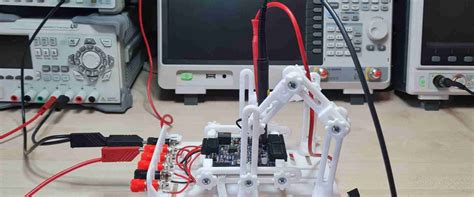
ALL ABOUT FLEX PCB
-
 Read more: How Does Electrical Testing Work in PCB Manufacturing
Read more: How Does Electrical Testing Work in PCB ManufacturingIntroduction to PCB Electrical Testing Printed Circuit Boards (PCBs) are the backbone of modern electronics, found in everything from smartphones and laptops to medical devices and aerospace systems. To ensure that these critical components function reliably and meet stringent quality standards, PCB manufacturers employ a range of testing methods, with […]
-
How to make a dummy load for testing
Posted by
–
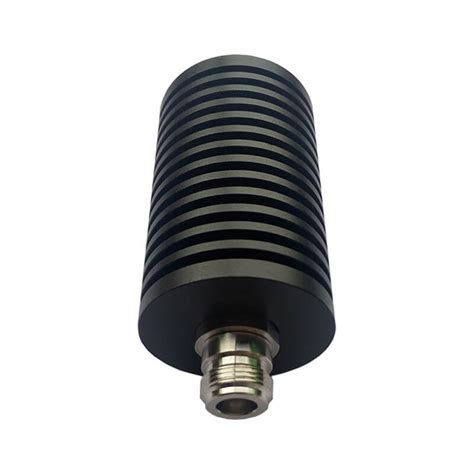 Read more: How to make a dummy load for testing
Read more: How to make a dummy load for testingWhat is a Dummy load? A dummy load is an electrical device used to simulate the electrical load of a real device or system during testing. It is designed to dissipate power without performing any useful work, allowing engineers and technicians to test power supplies, amplifiers, and other electrical components […]
-
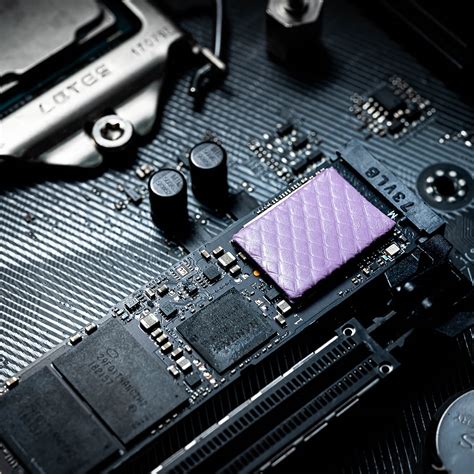 Read more: Thermal Pad PCB: A Spoked Copper Pad for Minimizing Heat Loss
Read more: Thermal Pad PCB: A Spoked Copper Pad for Minimizing Heat LossIntroduction to Thermal Pads in PCB Design In the world of printed circuit board (PCB) design, managing heat dissipation is a critical factor in ensuring the optimal performance and longevity of electronic components. One effective solution for minimizing heat loss is the use of thermal pads, specifically spoked copper pads, […]
-
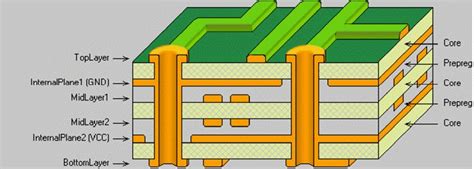 Read more: About Multilayer PCB, How to Determine Your Product
Read more: About Multilayer PCB, How to Determine Your ProductWhat is a Multilayer PCB? A multilayer PCB (Printed Circuit Board) is a complex circuit board that consists of multiple layers of conductive copper foil laminated together with insulating material. These layers are interconnected through vias, which are small holes drilled through the board and plated with conductive material. Multilayer […]
-
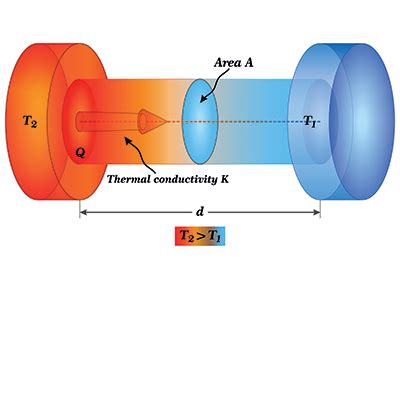 Read more: How to Calculate Thermal Conductivity in Printed Wiring Boards
Read more: How to Calculate Thermal Conductivity in Printed Wiring BoardsIntroduction to Thermal Conductivity in Printed Wiring Boards Printed Wiring Boards (PWBs), also known as Printed Circuit Boards (PCBs), are essential components in modern electronic devices. They provide mechanical support and electrical connectivity for electronic components. As electronic devices become more compact and powerful, managing heat dissipation becomes a critical […]
-
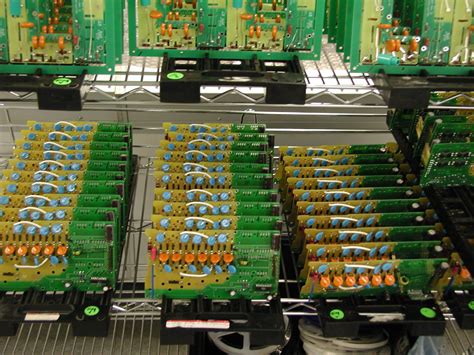 Read more: What is the difference between PCB fabrication and assembly?
Read more: What is the difference between PCB fabrication and assembly?PCB Fabrication vs Assembly: Understanding the Key Differences PCB (Printed Circuit Board) fabrication and assembly are two crucial stages in the manufacturing process of electronic devices. While they are often used interchangeably, they refer to distinct processes that play different roles in the creation of a functional PCB. In this […]
-
Choose the Right Test Head
Posted by
–
 Read more: Choose the Right Test Head
Read more: Choose the Right Test HeadIntroduction to Test Heads When configuring an automated test equipment (ATE) system to test electronic devices, one of the most critical components to select is the test head. The test head is the interface between the ATE and the device under test (DUT). It houses the pin electronics that generate […]
-
PCB ASSEMBLY SERVICES
Posted by
–
 Read more: PCB ASSEMBLY SERVICES
Read more: PCB ASSEMBLY SERVICESTypes of PCB Assembly There are three main types of PCB assembly: through-hole assembly, surface mount assembly, and mixed assembly. Through-Hole Assembly Through-hole assembly is the traditional method of PCB assembly. It involves inserting the leads of electronic components through holes drilled in the PCB and soldering them to the […]
-
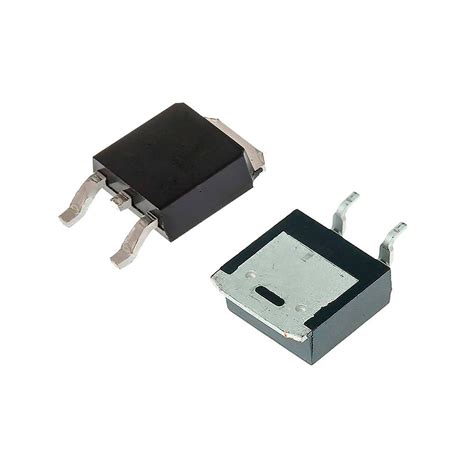 Read more: IRLB8721: An N-Channel 30V Logic Level Power MOSFET
Read more: IRLB8721: An N-Channel 30V Logic Level Power MOSFETIntroduction to MOSFETs Metal-oxide-semiconductor field-effect transistors, or MOSFETs, are voltage-controlled semiconductor devices widely used for switching and amplifying electronic signals. MOSFETs have revolutionized the electronics industry due to their high input impedance, fast switching speeds, and excellent power efficiency compared to bipolar junction transistors (BJTs). MOSFETs are divided into two […]
-
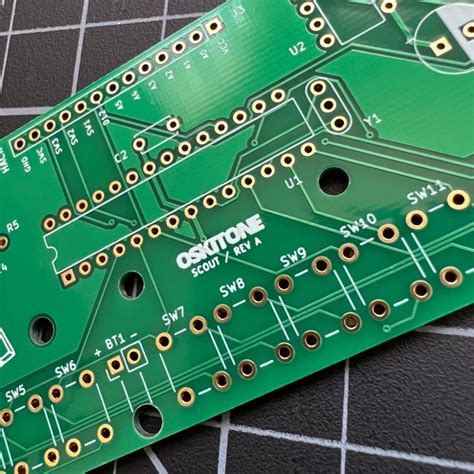 Read more: Bare Printed Circuit Board: Everything You Need To Know About The Blank Board
Read more: Bare Printed Circuit Board: Everything You Need To Know About The Blank BoardWhat is a Bare PCB? A bare printed circuit board, also known as a blank PCB, is the foundation of any electronic device. It is a flat, rigid board made of insulating material, typically fiberglass or composite epoxy, with conductive pathways etched onto its surface. These pathways, called traces, connect […]




